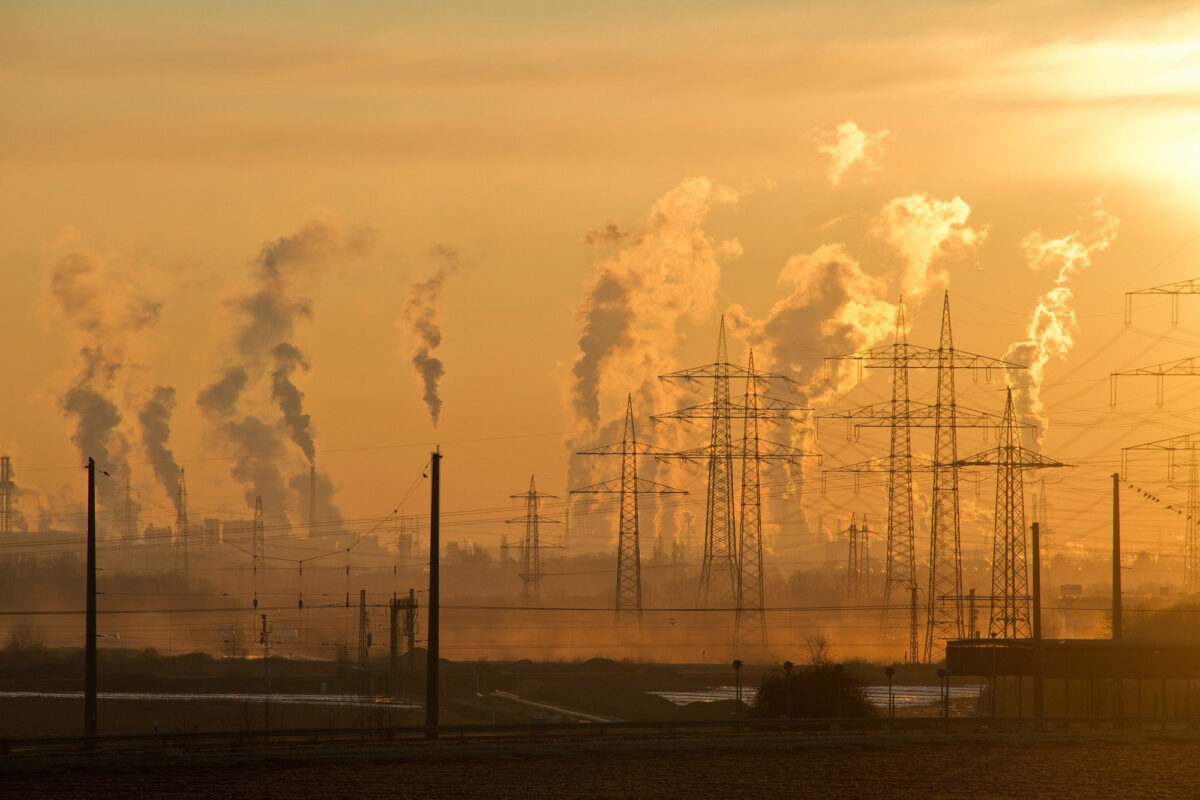Currently, Canadian wildfires are pushing dangerously polluted air into the northern United States. Communities from New York to Virginia have reported yellow-orange skies and Air Quality Index (AQI) measurements of over 150. An AQI in this range indicates that the air is unhealthy for humans.
According to AirNow, an air quality resource via the U.S. government, unhealthy air can affect anyone. However, children and people with lung and heart conditions face an increased risk of adverse health effects.
“When smoke levels rise into unhealthy ranges, everyone should take precautions and try to stay indoors,” AirNow tweeted in response to recent wildfire pollution.
There are several ways for people to protect themselves against polluted air. If you or a loved one are in a polluted area, explore these helpful tips for handling poor air quality.

Monitor conditions with an air quality map
Stay updated on your region’s air quality with maps like this one from AirNow. This map will show your area’s AQI and what range it falls under. If your community’s air quality is in an unhealthy range, follow the tips below to protect yourself.
Stay indoors
When the air outside is heavily polluted, staying inside is the best way to stay healthy. Run an air purifier to keep your indoor air clean, and use damp towels to seal any cracks in windows or doors. If you have air conditioning, turn it on and close the fresh air intake.
Minimize outdoor time and mask up
People who can’t avoid venturing outside should still try to minimize their time outdoors as much as possible. When outside, you can wear an N-95 mask to filter out harmful particles.
When to seek medical attention
In extreme cases, polluted air can cause serious health problems. Watch for symptoms such as dizziness, sore throat, breathing difficulties, wheezing, headache, and chest tightness. Seek medical attention if needed.





